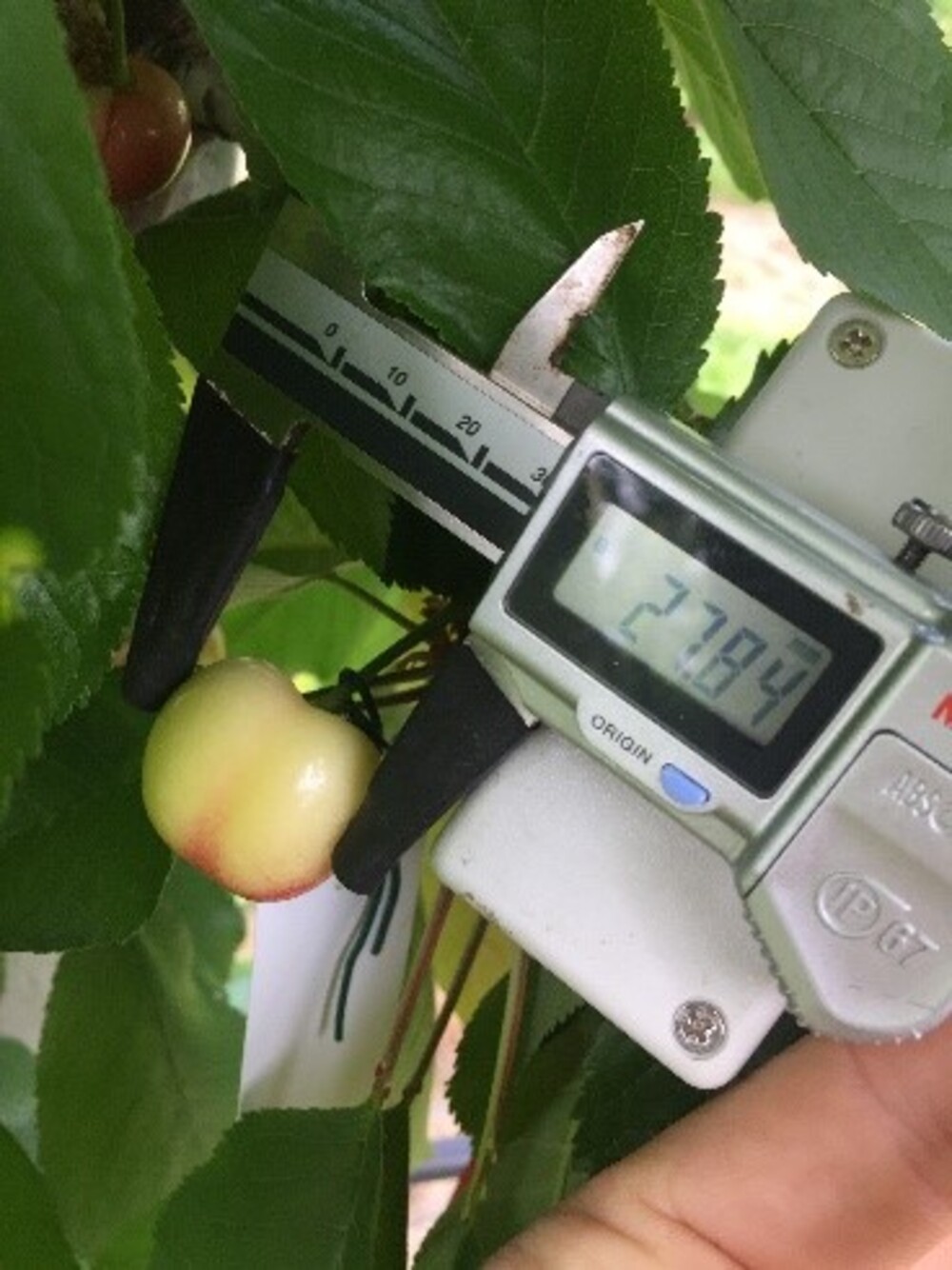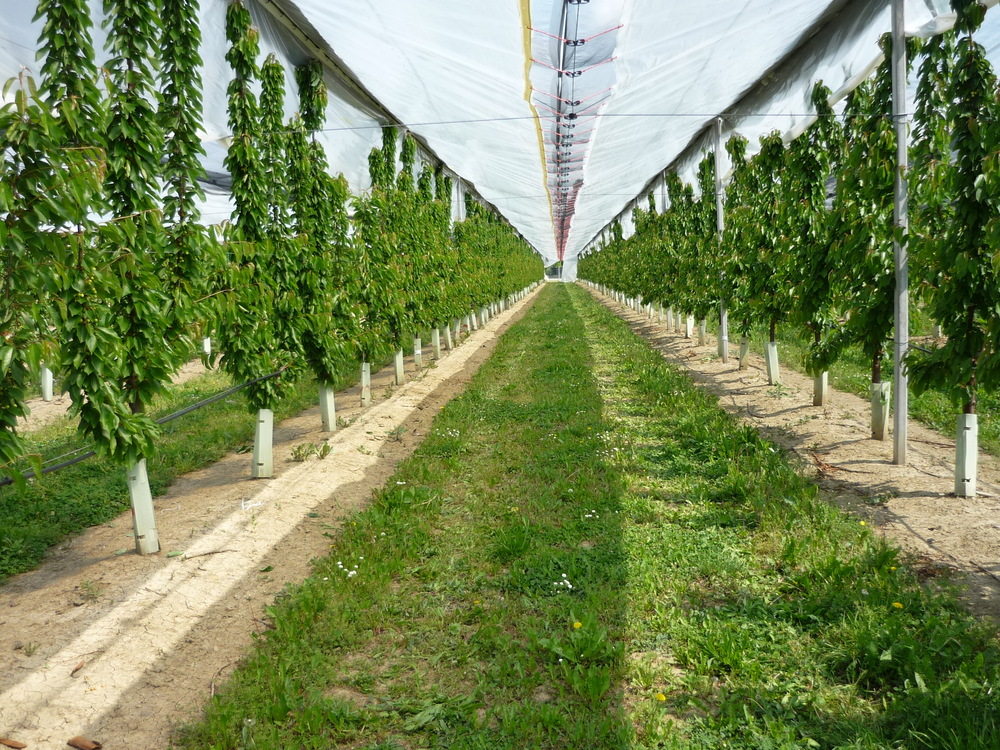Sweet cherry cultivation is undergoing a radical revolution. As a matter of fact, the most recent generation of orchards have moved away from the traditional planting system and not only in terms of cultivated varieties
Through a drastic reduction in tree size, the use of dwarfing rootstocks enables an increase in planting density that can reach almost 7,000 trees per hectare. The presence of smaller-sized trees makes it possible to facilitate and accelerate all cultivation operations, particularly harvesting, thereby reducing costs. Gisela®5, Gisela®6, and Pi-Ku® 1 are three common dwarfing rootstocks.
Numerous data regarding rootstock characteristics and cultivar productivity levels are already available, and it is well known that dwarfing rootstocks have a tendency to exhibit greater production efficiency. Regarding productivity, it is now understood that the use of dwarfing rootstocks results in improved production performance. In a previous study it was discovered that Gisela®5 rootstock-based combinations reduced cultivar development and induced early fruiting.

However, some studies pointed out that dwarfing rootstocks may have a negative effect on fruit size and their performance can be highly variable based on factors such as the environment, cultural management, cultivar, and production habit, among others
A research conducted at the University of Bologna studied the physiological behaviour of two dwarfing rootstocks, Pi-Ku® 1 (more dwarfing) and Gisela® 6 (G6, more vigorous), grafted on Sweet Saretta and Sweet Valina. These varieties were selected based on their different productive habitus: the former, self-fertile and producing primarily on darts; the latter, self-incompatible and producing primarily on single flowering buds placed at the base of one-year-old branches.
The more vigorous rootstock, Gisela® 6, induced more vegetative growth on the cultivars, thus showing to be a suitable rootstock for less intensive planting systems. This unbalanced competitiveness in favor of the shoots showed that the translocation of water and carbohydrates to the fruits was more efficient in both varieties grafted onto the Pi-Ku® 1 rootstock.

From the physiological measurements taken, it was noted that photosynthesis parameters were similar among the plants, regardless of the rootstock they were grafted onto. This result shows that even dwarfing rootstocks are able to maintain the same physiological performance, which has a positive impact on productivity. In fact, this resulted in increased fruit size, and higher sugar and dry matter content at harvest in plants grafted on Pi-Ku® 1.

Table 1. Quality parameters of the fruit at harvest. Different letters correspond to significant differences (p<0.05). Source: Speciale Ciliegio, Frutticoltura n.5, giugno 2020.
While carbohydrate assimilation by the tree was not found to be significantly affected by vigor, the increased ability of the fruit to attract water and nutrients on the dwarfing rootstocks appears to be due to an alteration in trunk-to-fruit and trunk-to-leaf water potential gradients that favors the translocation of resources to the fruit, although high rainfall during the trial period prevented full appreciation of these differences.
Finally, this behavior appears to be unaffected by cultivar and production habitus, confirming a general trend of higher production efficiency among dwarfing rootstocks.
Melissa Venturi
Università di Bologna (IT)
Cherry Times - All rights reserved













